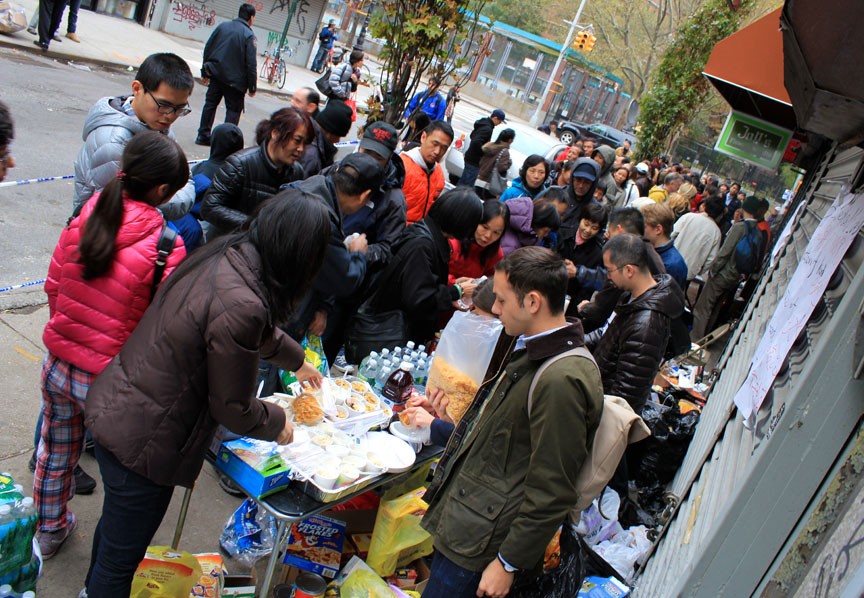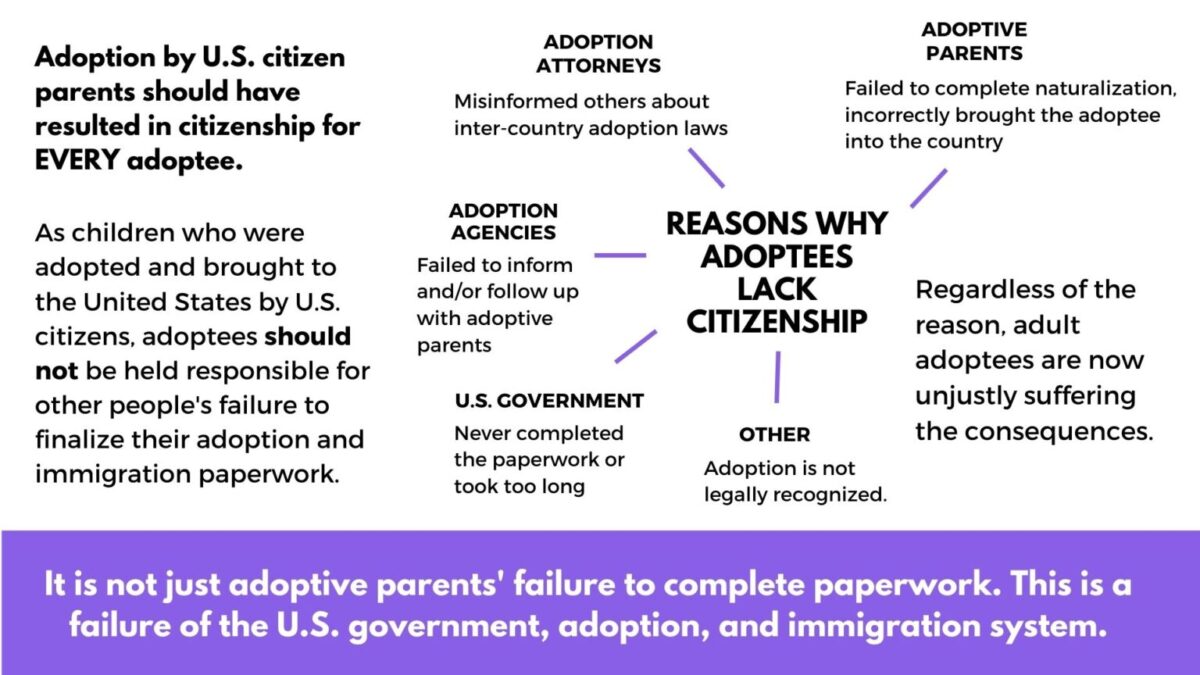
Ken Chen of Open City Mag has a great piece out about the state of NYC’s normally bustling Chinatown a week after the devastation of Hurricane Sandy. Chen reports on the work by CAAAV, an established Chinatown community group, which has been on the frontline of Sandy relief efforts in Chinatown:
Hurricane Sandy has given Chinatown a Xanax. The first thing we noticed after coming over the Manhattan Bridge is how bucolic everything seemed. Driving down East Broadway, we found neither the Mad Max-style post-apocalyptic ghost town we’d expected, nor the vibrant, tumultuous, caffeinated pre-Sandy Chinatown of grandmas hawking faux-Louis Vuitton handbags and restaurant deliverymen revving up their electric motorbikes. This was the Thursday after Sandy hit on Monday night. People calmly strolled down the street. It was one of those whatever New York days in fall, when it’s sunny and chilly at the same time. Life was going on, a wobbly new equilibrium. We turned the corner and one of us yelped out, drolly, “Commerce is occurring!” A storeowner, we noticed, had attracted a small crowd of shoppers. We drove closer and saw that it was—that most traditional hoarder of nonperishable goods—a dry foods vendor, selling dehydrated squid, scallops, and mushrooms. We started to feel bad for not bringing more cash.
What we did bring was several gallons of bottled water. We unloaded them at a Hurricane Sandy relief event held by CAAAV, a longtime Chinatown community organizing group, outside their low-ceilinged headquarters at 46 Hester Street, which was currently lit only by a portable light hanging on a hook. This was CAAAV’s second day distributing water, fliers, food, and electricity to Chinatown residents.
[…]
Esther [Wang, director of CAAAV’s Chinatown Tenants Project] said, “These are small businesses and low-income immigrants living from paycheck-to-paycheck. Not being able to open your business for a week is devastating. They might not be able to pay their rent. Their landlord might evict them.” Esther was worried this kind of a systematic breakdown in the local Chinatown economy could lead to a fundamental change in the make-up of the neighborhood—just like after 9/11, when many Chinatown residents moved away after being put out of business for just one week.
In the two weeks after September 11, 2001, the neighborhood was cordoned off, with a major thoroughfare blockaded at Park Row in southern Chinatown—a blockade that remains today. As a result, almost three-fourths of Chinatown workers (24,500 out of 33,658) lost their jobs, according to an Asian American Federation Report, with the garment factories losing the entirety of their business volume. Sandy had left behind a weeklong blackout, Esther was telling me, but its economic effects could reshape the neighborhood for a generation. She didn’t want the post-Sandy relief monies to go to the same places they did after 9/11: towards development projects, like luxury hotels.
Read Ken’s full article here: Post Sandy, Day 4: Hester Street in Lower Manhattan
Here’s a video interview of Helena Wong, Executive Director of CAAAV, talking about the organization’s relief efforts.
For more information on CAAAV and their relief work, check out their website here or donate to CAAAV.

